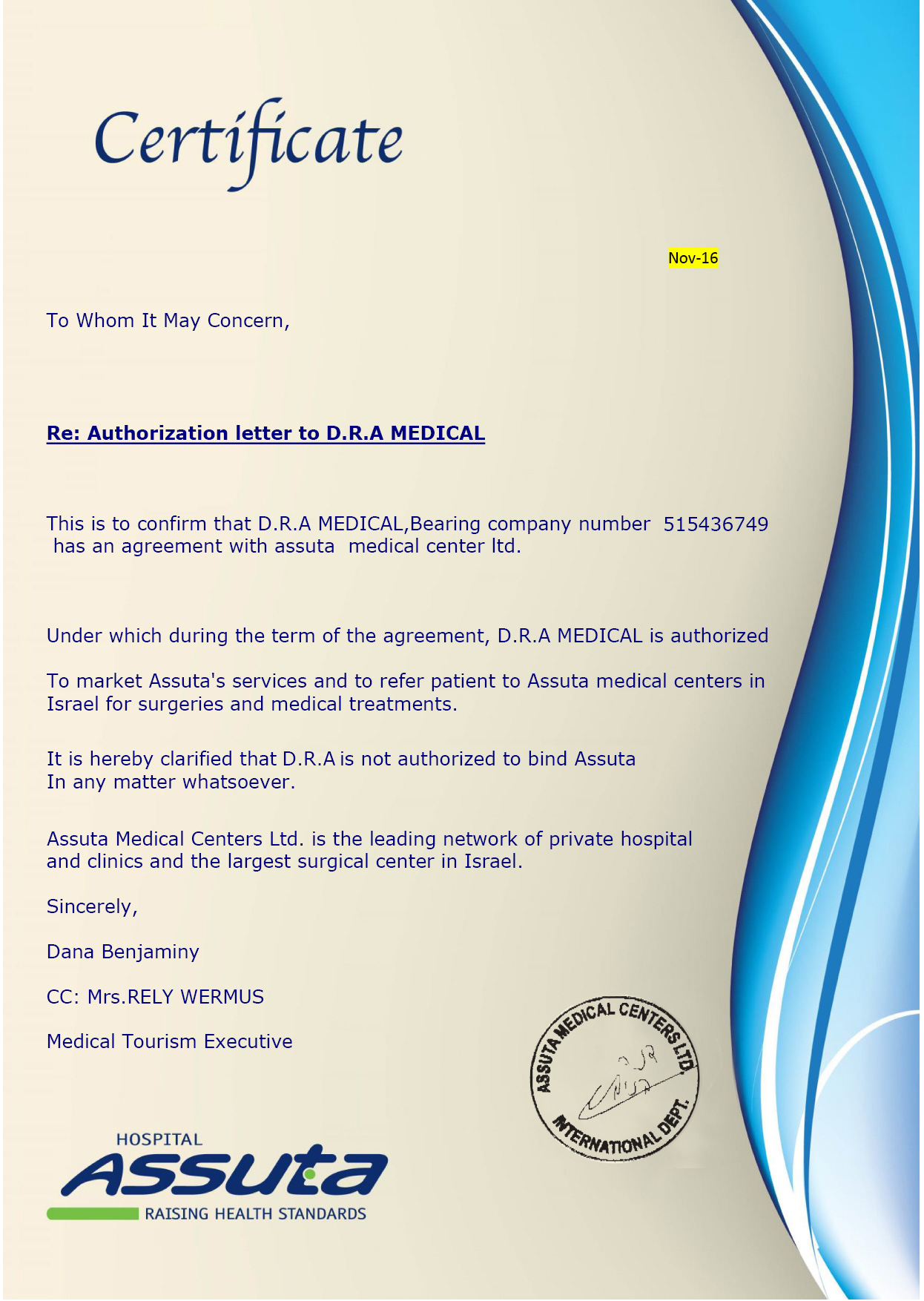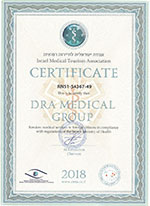Overview
The Aorta is the main and largest artery in the body. It originates in the left ventricle of the heart and extends down to the lower abdomen bringing oxygenated blood to different organs and tissues.The health of the aorta depends on the state of its walls. In certain conditions the walls of the aorta become lined with cholesterol deposits and weakened. This causes difficulties in passing blood through the vessel and causes the aorta to widen and bulge. Widening in the abdominal part of the aorta is known as Abdominal Aortic Aneurysm or Triple A (AAA). This diagnosis is made when the aorta becomes 50% wider than normal. While normal aorta is 2 to 3 cm in diameter, at the site of aneurysm its width can reach 5-7 cm and in some cases, even more.
Growing aneurysm is a sign of weakening wall of a blood vessel. Once the critical point is reach, the aorta can rupture causing major abdominal bleeding. Most patients don’t survive this event, with up to 90% dying within minutes well before reaching hospital.
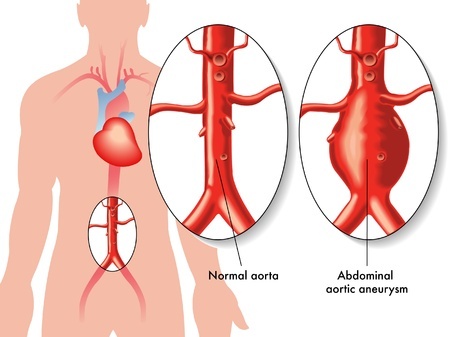
Symptoms
The majority of abdominal aortic aneurysms are asymptomatic. Expanding aneurysm can, however, produce pain in the back, scrotum or chest. Pulsating sensation in the abdominal area can also be felt. Symptomatic abdominal aortic aneurysm is at high risk of rupture. The presence of symptoms is considered as an indication for surgery.
Risk factors
Abdominal aortic aneurysm tends to occur in older men, especially those older than 65. 90% of people diagnosed with this condition are current or former smokers. High alcohol consumption, atherosclerosis and hypertension family history of aneurysm further increase the risk of developing this dangerous condition.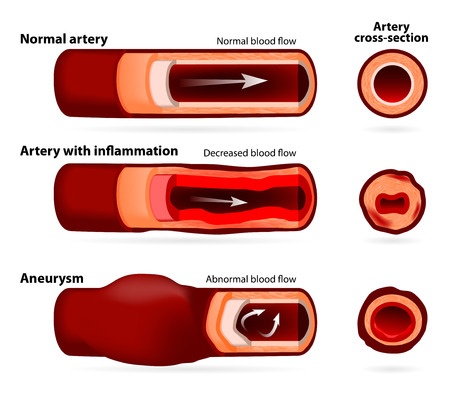
Diagnosis
Various diagnostic tests can be performed to diagnose the abdominal aortic aneurysm. The X-ray of the abdominal area can show the outline of an aneurysm if it is calcified. This is, however, the case in less than half of all patients with abdominal aortic aneurysm.Ultrasound investigation of the abdomen also can show the presence and location of an aneurysm. It can help in estimating its size.
MRI technique or computer tomography (CT) have nearly 100% success rate in detecting the aneurysms. These methods allow obtaining a detailed image of the aorta and clearly visualizing the exact position of aneurysm. They are used in pre-operative planning.
Men aged 65 and above, especially those exposed to other aneurysm risk factors, are recommended to undergo regular ultrasound checks to detect any potential abdominal aortic aneurysm at early stage. When small aneurysm is detected, further checks are performed on a regular basis to monitor the condition for any signs of negative development.
Treatment
Small abdominal aortic aneurysms are usually left untreated but closely monitored. The use of lowering blood pressure and cholesterol level medications provides some protective effect against the further development of this condition.If, however, the aneurysm grows in size to more than 5.5 cm, expands very quickly (more than 1 cm per year) or becomes symptomatic, the surgical treatment of the condition is usually considered. Surgery is never completely risk-free and is therefore recommended when the risk of rupture becomes high.
Two major types of surgeries are performed on patients with abdominal aortic aneurysm. In a traditional approach, the affected part of aorta is removed and substituted with artificial graft. The newer method called endovascular repair aims to insert the graft inside the part of the aorta affected by the aneurysm. Special tube (stent-graft) is passed to the site of the aneurysm through one of the leg arteries. Then the graft is fixed to the aorta wall using clips. Once this is done, blood starts to flow through the graft thus taking away the pressure from the aorta wall.
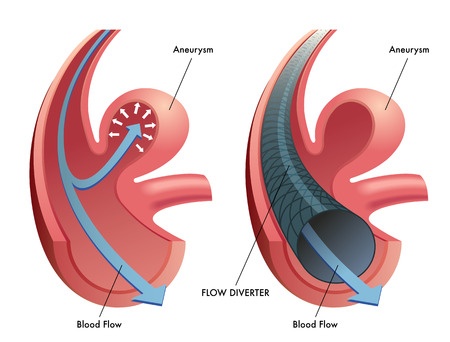
Since endovascular repair allows avoiding major surgery, it is a more popular procedure. However, there is a risk of graft displacement and thus increased chances of further surgeries. After taking into account the patient’s health condition and the size of the aneurysm, the vascular surgeon can decide on the best treatment method for the patient.
The success of the treatment depends, in a significant degree, on the knowledge and experience of surgeon. Choosing the right specialist will help to avoid many complications associated with the treatment of abdominal aortic aneurysm.









